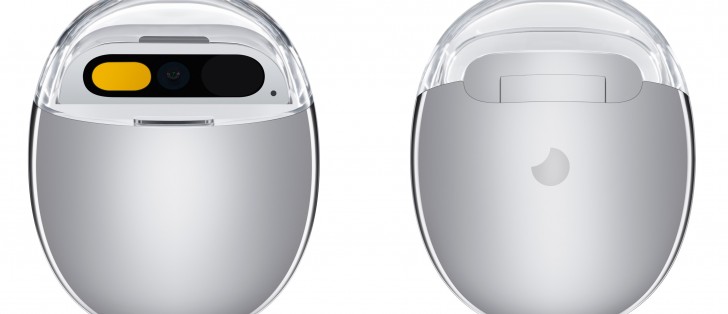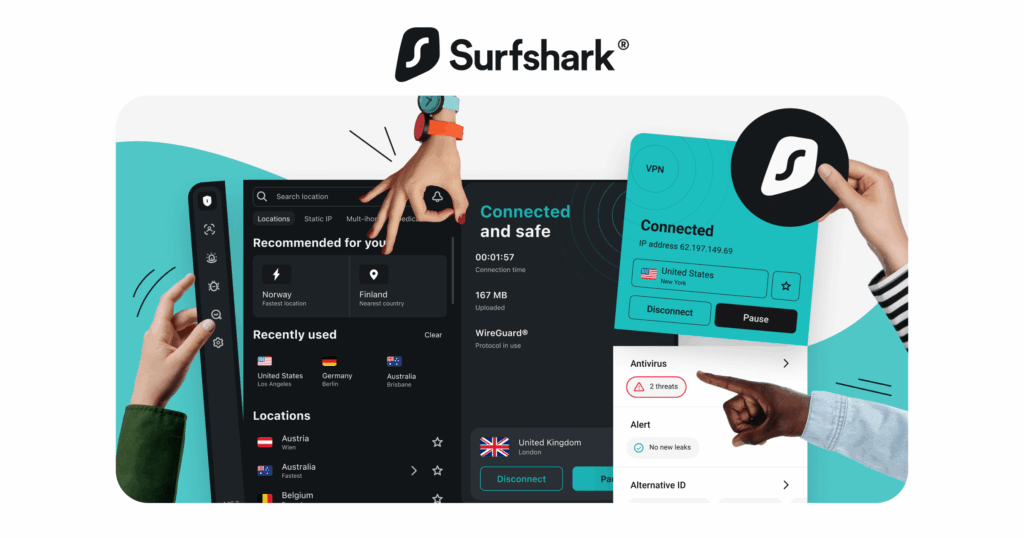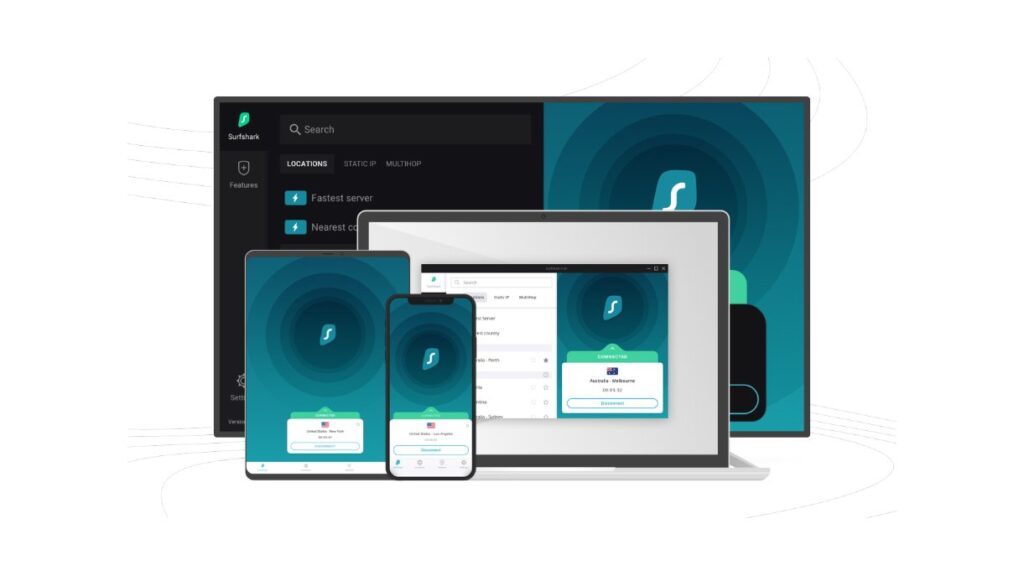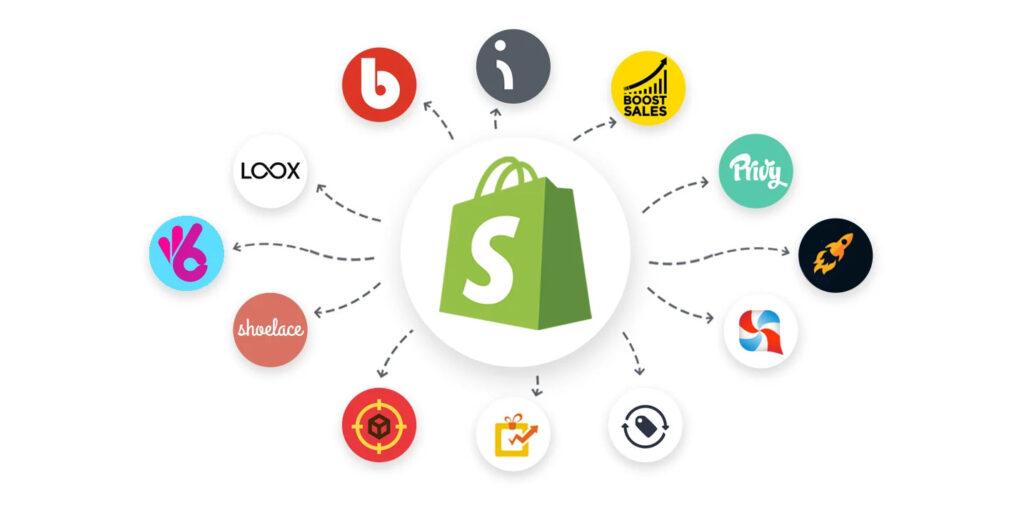Introduction to Artificial Intelligence (AI) and its impact on technology
Artificial Intelligence (AI) is no longer just a buzzword; it’s reshaping our lives in profound ways. From automating mundane tasks to providing insights that enhance decision-making, AI has become an integral part of technology today. Amid this revolution, two formidable contenders are making waves: Humane and Apple Vision Pro. These innovative wearable AI assistants promise not only to redefine how we interact with technology but also to usher in a new era of convenience and efficiency.
As tech enthusiasts eagerly await the next big breakthrough, understanding these advancements becomes crucial. How do they compare? What unique features do they bring to the table? Let’s dive into the world of Humane AI and Apple Vision Pro as we explore their capabilities, potential applications across industries, ethical implications, and what the future might hold for wearable tech aficionados like you!
The Rise of AI Assistants: Humane and Apple Vision Pro
The surge of AI assistants has transformed how we interact with technology. Among the most talked-about names are Humane and Apple Vision Pro, each pushing boundaries in their unique ways.
Humane’s approach is centered around creating a seamless user experience. Their wearable device promises to integrate into daily life effortlessly, offering assistance without the need for traditional screens or interfaces.
On the other side, Apple Vision Pro leverages advanced AR capabilities. It merges digital content with the real world, providing users an immersive environment unlike any before.
Both platforms reflect a shift towards intuitive design and functionality. As consumers seek more personalized interactions with tech, these AI assistants stand at the forefront of this evolution. The competition between them highlights not just innovation but also varying philosophies on what it means to be truly connected through technology.
Features and Capabilities of Humane
Humane has redefined the landscape of wearable AI with its innovative features. At the heart of its design is a sleek, unobtrusive device that seamlessly integrates into daily life.
Equipped with advanced voice recognition, it allows users to interact naturally without needing screens or buttons. Just speak your command and watch as it translates thoughts into actions.
The Humane AI device also excels in contextual understanding. It learns user preferences over time, offering personalized responses that feel tailored and intuitive.
Additionally, built-in sensors enhance its capabilities further. Whether tracking health metrics or providing real-time location updates, this technology caters to various needs effortlessly.
With a focus on enhancing human connections rather than replacing them, Humane fosters a unique relationship between users and their devices – one where technology complements rather than dominates life’s experiences.
Features and Capabilities of Apple Vision Pro
Apple Vision Pro is a groundbreaking device that redefines the user experience with its immersive capabilities. This wearable AI assistant combines augmented reality (AR) and artificial intelligence to create a seamless digital environment.
One standout feature is its advanced spatial computing technology. Users can interact with apps in an entirely new way, merging real-world elements with virtual interfaces. The result is an intuitive navigation system that feels natural and fluid.
The device also boasts impressive voice recognition capabilities, allowing users to control functions hands-free. It understands context and nuances, making interactions feel more conversational rather than mechanical.
Moreover, Apple Vision Pro offers a robust ecosystem of applications tailored for entertainment, productivity, and education. With high-quality visuals and responsive feedback, it ensures experiences are engaging across various domains.
Its sleek design complements any lifestyle while maintaining functionality, positioning it as a versatile tool for everyday tasks or creative endeavors.
Comparison between Humane and Apple Vision Pro in terms of accuracy, speed, and user-friendliness
When comparing Humane and Apple Vision Pro, accuracy stands out as a key differentiator. Humane’s AI device boasts advanced contextual understanding, enabling it to adapt its responses based on user behavior seamlessly. This makes interactions more intuitive.
In terms of speed, Apple Vision Pro shines with its rapid processing capabilities thanks to Apple’s robust hardware. Users experience minimal lag when executing commands or engaging in real-time tasks.
User-friendliness is another area where these two giants diverge. Humane focuses on minimalist design principles, allowing for effortless use without overwhelming users with features. Conversely, the Apple Vision Pro offers an extensive range of functionalities that may require a learning curve but rewards dedicated users with powerful tools at their fingertips.
These attributes shape how consumers perceive each platform and influence their choices in the ever-evolving landscape of wearable technology.
Potential uses of AI assistants in various industries
AI assistants are transforming various industries with their innovative applications. In healthcare, they can streamline patient management and offer real-time assistance to doctors during surgeries. With machine learning algorithms, these systems analyze medical data swiftly, aiding in diagnosis.
In retail, AI assistants enhance customer experiences by providing personalized shopping recommendations. Imagine walking into a store and receiving tailored advice via your wearable AI device. This level of interaction is changing how consumers engage with brands.
The education sector also benefits from AI technology. Adaptive learning platforms powered by intelligent assistants cater to individual student needs, making learning more effective.
Additionally, the automotive industry leverages wearables for smart navigation and safety features. As these technologies evolve, we may witness even greater integration across sectors that enhances productivity and efficiency significantly.
Ethical concerns surrounding AI technology
The rise of AI technology brings a myriad of ethical dilemmas. Privacy concerns are at the forefront, with data collection practices often overshadowing user consent.
Moreover, there’s the risk of bias in AI algorithms. If not properly managed, these can reinforce stereotypes and inequalities present in society.
Another pressing issue is job displacement. As machines take over tasks traditionally performed by humans, many fear economic instability and loss of livelihoods.
Accountability also poses a challenge. When an AI makes a mistake or causes harm, determining who is responsible becomes murky.
The potential for surveillance raises alarms about personal freedoms. The line between convenience and intrusion continues to blur as technology evolves relentlessly forward.
Future predictions for the development
The future of wearable AI technology is brimming with potential. As companies like Humane and Apple push the boundaries, we can expect significant advancements in how these devices integrate into our daily lives.
Humane’s innovative approach to a wearable AI assistant aims for seamless interaction, allowing users to engage with their surroundings without being tethered to screens. This could lead to a more organic experience where technology enhances human capabilities rather than detracts from them.
On the other hand, Apple Vision Pro brings its robust ecosystem of apps and services into play. With Apple’s legacy in creating user-friendly interfaces, this product has the potential to redefine multitasking and enhance productivity through augmented reality.
As both brands continue their development cycles, we may see an increase in interoperability between different platforms. Imagine an environment where your Humane AI device communicates effortlessly with Apple’s offerings or even integrates features from various competitors.
Emerging technologies like machine learning will further refine these assistants’ accuracy and responsiveness over time. The ongoing race between Humane’s startup ingenuity and Apple’s established dominance might just yield breakthroughs that reshape business operations across multiple sectors—from healthcare using predictive analytics to education utilizing personalized learning tools powered by AI.
Ethical considerations surrounding data privacy will also influence design choices moving forward. Striking a balance between convenience and security will be crucial as consumers become increasingly aware of how their information is used.
In essence, as we venture deeper into this new era of wearable tech featuring AI-driven assistants, possibilities are endless—and so are the challenges ahead for innovators striving for excellence.




















